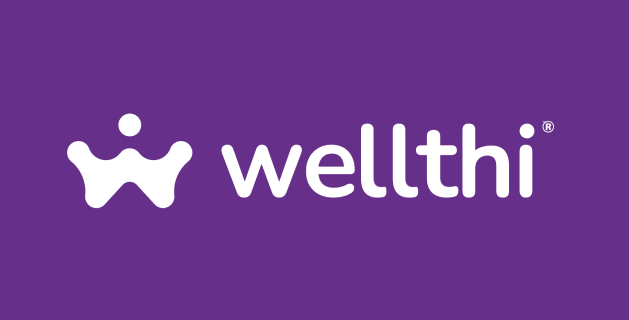Questions, questions, questions! Wellthi GPT has answers.
Reddit user /u/Wichertj wants to know if swapping out index funds is a good idea: “ It just dawned on me that I can buy non Charles Schwab funds in my Charles Schwab Roth IRA. Currently I own some SWTSX and SWISX (international). I looked at the free MorningStar ratings and apparently SWTSX has a 3/5 star rating while VOO has 5/5 rating. Is it worth selling both SWTSX and SWISX for VOO? Is there another vanguard international ETF anyone would suggest? Or maybe something like VUG?”
Wellthi GPT Says…
The decision to switch from one investment to another should be based on a variety of factors beyond just Morningstar ratings. It’s also essential to consider your personal risk tolerance, investment goals, time horizon, and diversification strategy.
SWTSX is the Schwab Total Stock Market Index Fund, which is designed to track the entire U.S. stock market. This includes small, medium, and large-cap stocks across both growth and value styles.
VOO is the Vanguard S&P 500 ETF, which is designed to track the performance of the S&P 500 Index, comprised primarily of large-cap U.S. stocks.
While VOO might have a higher Morningstar rating, remember that it’s not directly comparable to SWTSX because they track different indexes. The S&P 500 (VOO) is a bit more focused on large-cap stocks, while the total market index (SWTSX) offers broader exposure, including smaller companies. If your goal is broad diversification across the entire U.S. market, SWTSX might be a better choice despite the lower Morningstar rating.
As for SWISX (Schwab International Index Fund), it provides exposure to companies from developed countries outside of the United States. It’s a good option if you want to diversify your portfolio internationally. If you’re looking for a similar fund from Vanguard, you might consider VXUS (Vanguard Total International Stock ETF) which includes both developed and emerging markets.
VUG is the Vanguard Growth ETF, which focuses on large-cap growth stocks in the U.S. This fund will be more concentrated in growth-oriented sectors and less diversified than a total market or S&P 500 fund.
Remember, every investment decision should be based on your individual circumstances and investment plan. It’s also a good idea to consider the tax implications of selling investments, even within a Roth IRA. I recommend consulting with a financial advisor before making significant changes to your portfolio.
Did you know? By creating goals and sharing them in public with your friends and family, you’ll increase your chances of success! You can download the Wellthi app here, if you act by July 3, you could win $10,000 for just posting your financial goal in the app!
Go Deeper
- Article: “Mutual Fund vs. ETF: What’s the Difference?” from Investopedia. This article breaks down the differences between ETFs and mutual funds and gives advice on how to choose between them, which could be useful if you’re considering switching from SWTSX/SWISX to VOO/VXUS. Hashtags: #ETFs #MutualFunds #Investing
- Article: “The Pros and Cons of Index Funds” from Investopedia. This article covers the advantages and disadvantages of investing in index funds like SWTSX, SWISX, and VOO. It can help you understand what to consider when choosing an index fund. Hashtags: #IndexFunds #Investing #PersonalFinance
- Article: “3 Best-Performing S&P 500 ETFs for June 2023” from NerdWallet. This article provides an in-depth look at S&P 500 ETFs like VOO, including how they work and why an investor might choose to invest in one. Hashtags: #SP500 #ETFs #Investing
- Article: “What Are International ETFs” from Fidelity. This piece dives deep into international ETF offerings, providing a helpful guide if you’re considering an international ETF.





